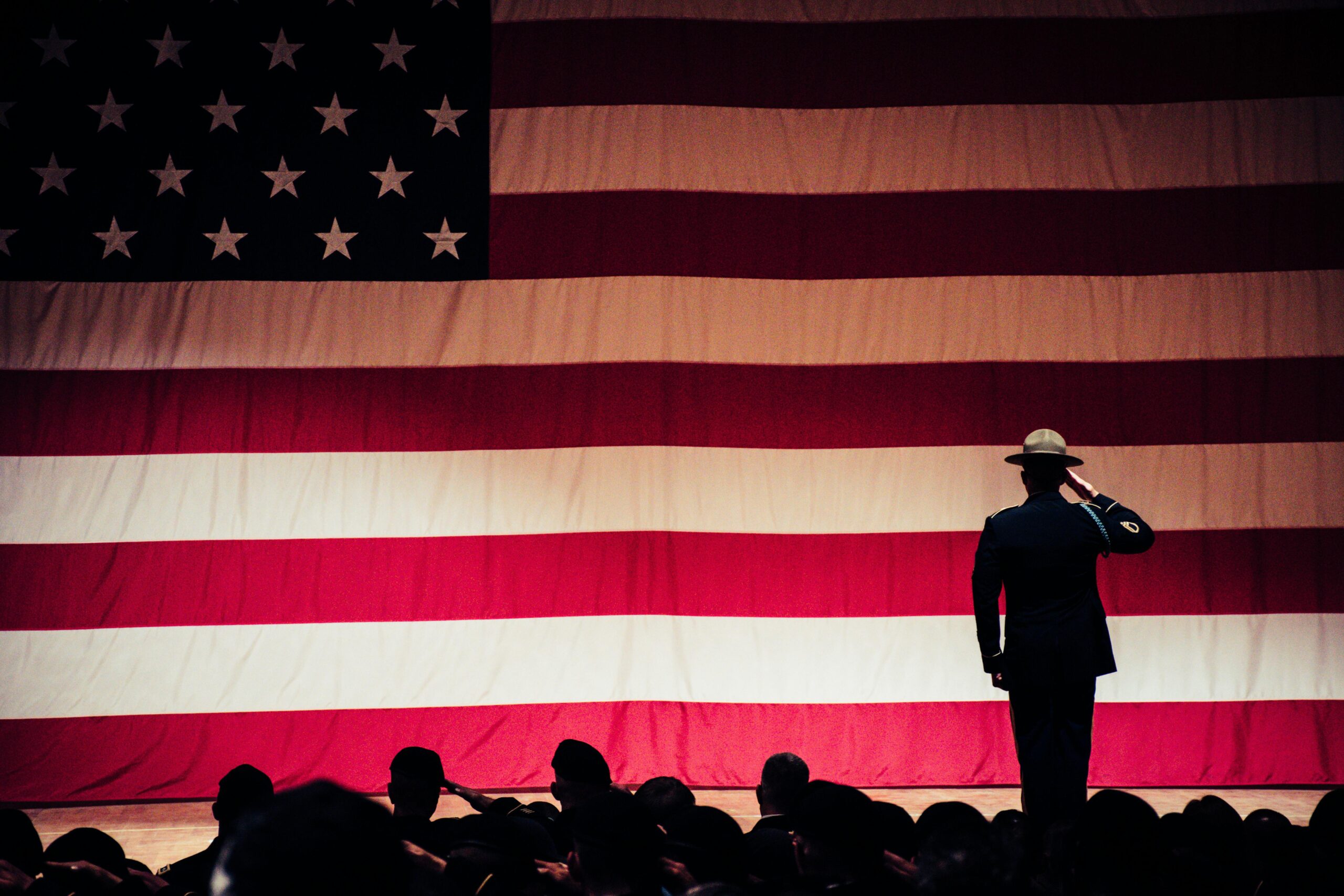- LIFE
Unveiling the Mystery Where Do Bedbugs Come From


Every year, as spring gives way to the warmth of early summer, the United States pauses on the last Monday of May to observe Memorial Day. More than a long weekend or the unofficial start of summer, the holiday is a solemn national tribute to the men and women who gave their lives in uniform so that the nation might remain free. From quiet wreath-laying ceremonies at Arlington National Cemetery to hometown parades and the hush of a single bugle playing “Taps,” Memorial Day reminds Americans that the freedoms they enjoy were purchased at great cost.
The custom of honoring war dead by decorating graves took root in the Civil War’s devastating aftermath, when both Northern and Southern communities set aside days in late spring to adorn soldiers’ resting places with flowers. On May 5, 1868, General John A. Logan—leader of the Union veterans’ Grand Army of the Republic—issued General Order No. 11 calling for a nationwide “Decoration Day” on May 30 to strew graves “with flowers or otherwise decorate the graves of comrades who died in defense of their country.”
During the late nineteenth century, states gradually adopted Decoration Day as an official holiday. New York became the first in 1873, and by the 1890s most Northern states followed. After the Spanish-American War and, later, World War I, the commemorations expanded to honor all American service members who had died in any conflict, not just the Civil War. In 1966, a century after the first large community tribute in Waterloo, New York, President Lyndon B. Johnson proclaimed that village the “Birthplace of Memorial Day,” underscoring the tradition’s grassroots origins.
Congress reshaped the national calendar with the Uniform Monday Holiday Act, signed on June 28, 1968. The law moved Memorial Day from its fixed date of May 30 to the last Monday in May, ensuring a three-day weekend and taking effect in 1971, when Memorial Day became an official federal holiday nationwide.
Certain rituals lend the day its distinctive character. Under the U.S. Flag Code, the American flag is flown at half-staff until noon—honoring the fallen—then raised to full-staff for the rest of the day to symbolize the living nation’s resolve. The red poppy, inspired by the World War I poem “In Flanders Fields,” remains a vivid emblem of sacrifice, often distributed by veterans’ groups. Many towns host parades featuring Gold Star families, veterans, service members, and marching bands, while others hold prayer services or roll motorcycle processions such as the annual “Rolling to Remember” rally in Washington, D.C.
Modern commemorations unite local and national gestures. The President or Vice President lays a wreath at the Tomb of the Unknown Soldier in Arlington National Cemetery, while communities across the country place miniature flags on veterans’ graves, volunteer at national cemeteries, and organize charity runs that benefit military families. Since 2000, Congress has encouraged a National Moment of Remembrance at 3 p.m. local time, inviting all Americans—whether at a backyard barbecue or on a highway—to pause in silence for one minute to remember those who never came home.
Memorial Day asks each generation to carry forward a promise: that the stories and sacrifices of America’s fallen will never fade into history’s background. By learning the holiday’s origins, teaching its meaning to children, and taking a moment of quiet gratitude, citizens transform a single day into a living pledge of remembrance. In honoring the brave who laid down their lives, the nation not only mourns the past but also affirms the enduring ideals of liberty and unity for which they fought.